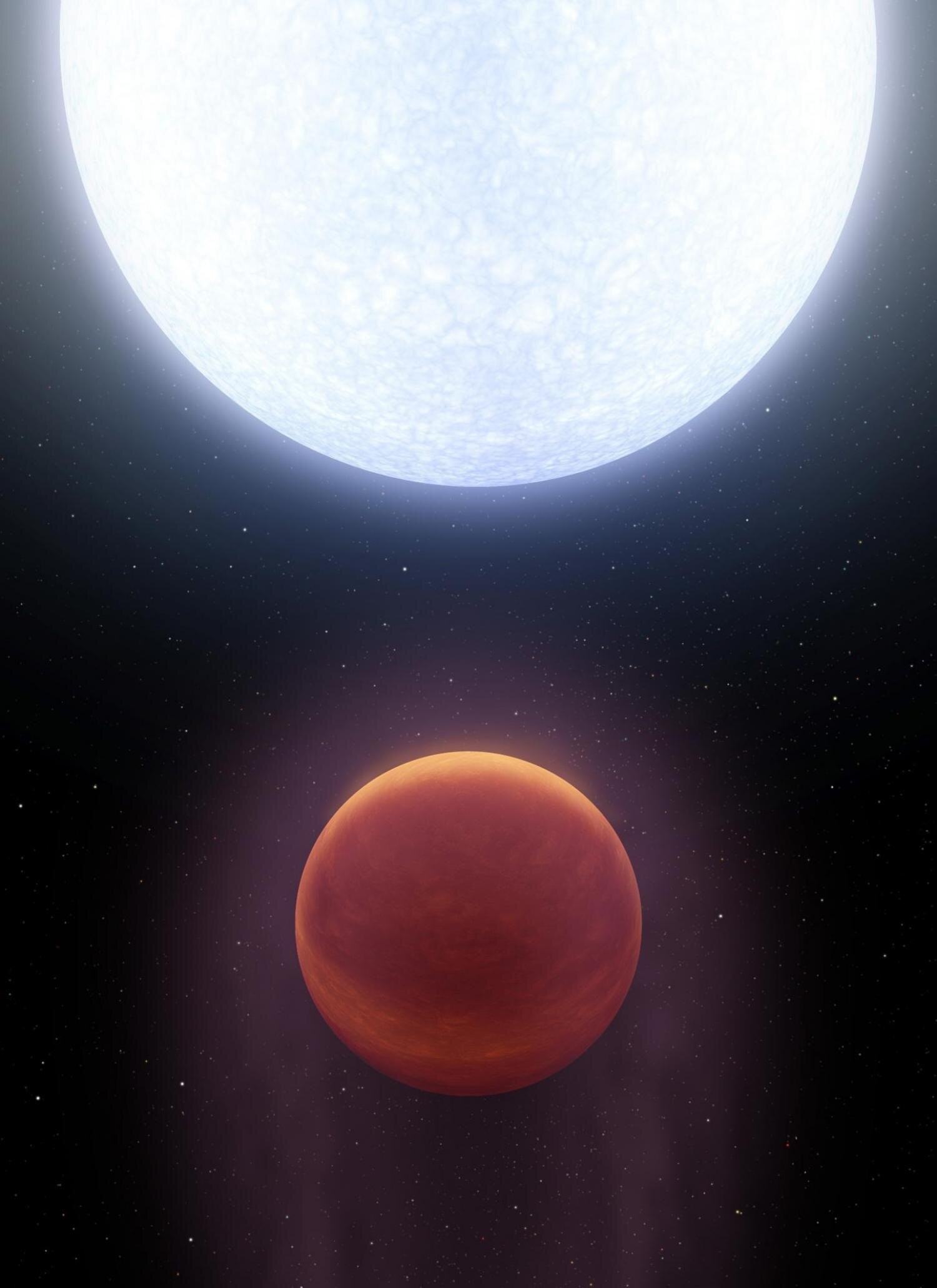A team of astronomers announces that they have isolated several clues indicating the possible presence of a giant planet orbiting Vega, one of the brightest stars in the world. night sky. These results, which remain to be confirmed, are published in The Astrophysical Journal.
Vega is the brightest star in the constellation Lyra. Relatively young compared to our star, but also twice as massive, it is about 25 light-years away of the earth. So far, we have not discovered any planets orbiting this iconic star. However, that could be about to change.
Vega is an A-type star. Objects that fit into this category tend to be larger, younger, and spin much faster than the sun. For example, Vega rotates around its axis once every sixteen hours , while our star completes one rotation on itself in twenty-seven Earth days .
With such a rate, it is then difficult for researchers to collect precise data on the movement of the star and, by extension, on the possible planets in orbit. However, one can always try. In a recent study, University of Colorado astronomer Spencer Hurt and his team combed through a decade of data collected by the Fred Lawrence Whipple Observatory in Arizona.
For this work, the researchers focused on the "radial velocity" method, noting slight oscillations in the motion of Vega star that are usually caused by tugging gravity of a world in orbit. “If you have a planet around a star, it can swing it back and forth “, explains Samuel Quinn, who co-signs this work.

As a result, the researchers isolated a signal that Vega might host one of these worlds. According to the study, it could be a "hot Neptune" or possibly a "hot Jupiter" moving so close to Vega that it would circle it in less than two and a half days. For comparison, Mercury, which is the closest planet to the Sun, circles it every 88 days.
If this is indeed the case, this candidate planet could show average surface temperatures of close to 3000°C , thus ranking as the second hottest world known to the science behind KELT-9b (visible above). However, additional work will be necessary to confirm its presence.